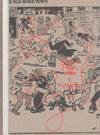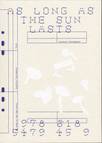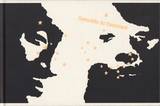Tobias Neumann - Deux Sœurs / Zwei Schwestern, Spector Books, 2018, Leipzig

Tobias Neumann - Deux Sœurs / Zwei Schwestern (Front)

Tobias Neumann - Deux Sœurs / Zwei Schwestern (Spine)

Tobias Neumann - Deux Sœurs / Zwei Schwestern (Back)

Sample page 1 for book "Tobias Neumann – Deux Sœurs / Zwei Schwestern", josefchladek.com
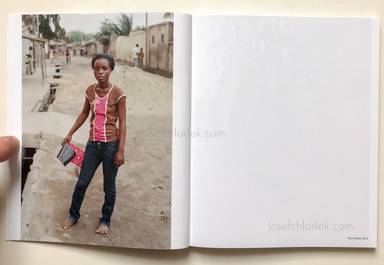
Sample page 2 for book "Tobias Neumann – Deux Sœurs / Zwei Schwestern", josefchladek.com
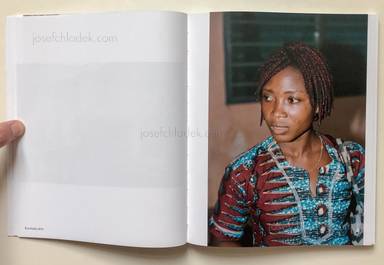
Sample page 3 for book "Tobias Neumann – Deux Sœurs / Zwei Schwestern", josefchladek.com
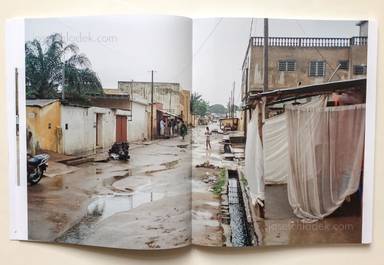
Sample page 4 for book "Tobias Neumann – Deux Sœurs / Zwei Schwestern", josefchladek.com
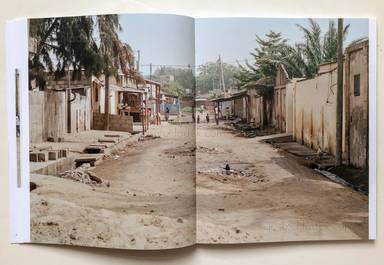
Sample page 5 for book "Tobias Neumann – Deux Sœurs / Zwei Schwestern", josefchladek.com
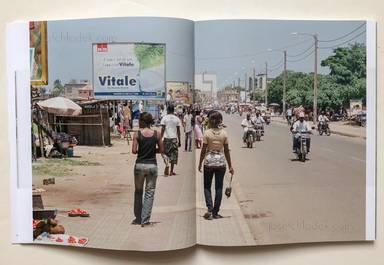
Sample page 6 for book "Tobias Neumann – Deux Sœurs / Zwei Schwestern", josefchladek.com
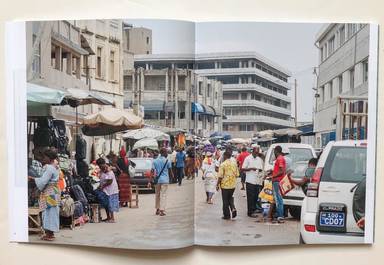
Sample page 7 for book "Tobias Neumann – Deux Sœurs / Zwei Schwestern", josefchladek.com
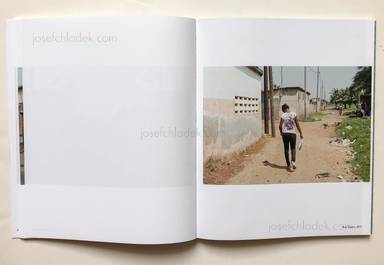
Sample page 8 for book "Tobias Neumann – Deux Sœurs / Zwei Schwestern", josefchladek.com
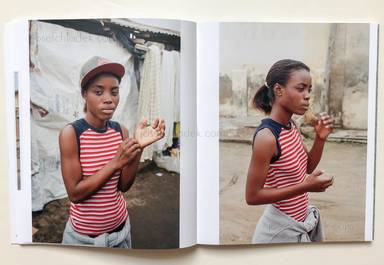
Sample page 9 for book "Tobias Neumann – Deux Sœurs / Zwei Schwestern", josefchladek.com
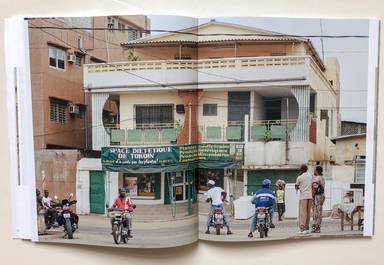
Sample page 10 for book "Tobias Neumann – Deux Sœurs / Zwei Schwestern", josefchladek.com
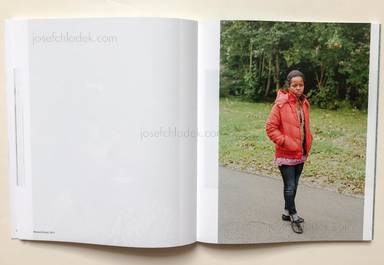
Sample page 11 for book "Tobias Neumann – Deux Sœurs / Zwei Schwestern", josefchladek.com

Sample page 12 for book "Tobias Neumann – Deux Sœurs / Zwei Schwestern", josefchladek.com

Sample page 13 for book "Tobias Neumann – Deux Sœurs / Zwei Schwestern", josefchladek.com
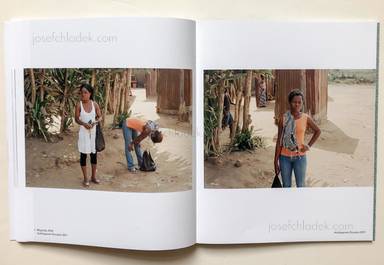
Sample page 14 for book "Tobias Neumann – Deux Sœurs / Zwei Schwestern", josefchladek.com
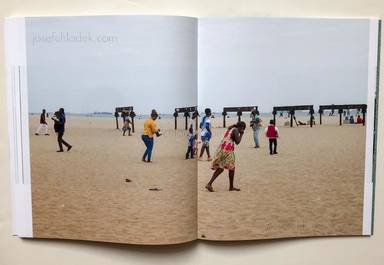
Sample page 15 for book "Tobias Neumann – Deux Sœurs / Zwei Schwestern", josefchladek.com
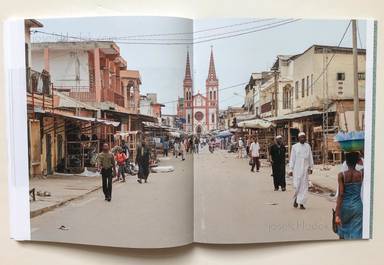
Sample page 16 for book "Tobias Neumann – Deux Sœurs / Zwei Schwestern", josefchladek.com
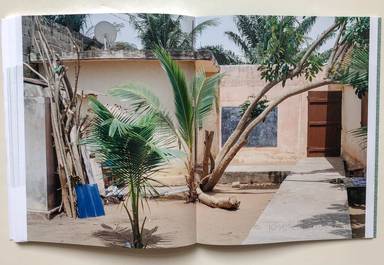
Sample page 17 for book "Tobias Neumann – Deux Sœurs / Zwei Schwestern", josefchladek.com

Sample page 18 for book "Tobias Neumann – Deux Sœurs / Zwei Schwestern", josefchladek.com
Other books tagged German (see all)









Other books tagged Africa (see all)









Other books by Spector Books (see all)






Books to shop at anzenbergergallery-bookshop.com
Thread-sewn softcover, edition of 1000 copies. Design by Helmut Völter.
The photographs that Tobias Neumann brings together in his book Deux Soeurs were taken for the most part within a radius of a few hundred metres of the home of the two sisters Audrée and Elodie and their family in Rue Kpélé in Lomé, Togo. They span a period of eight years, tracing an arc from Lomé to Leipzig and following the daily lives of the sisters, their family, and friends, who live in modest circumstances in one of the world’s poorest countries. Lomé is shown as an economic zone in turmoil, in which people find ways to make money on the micro-economic level in order to secure their day-to-day livelihood. The broad streets, whose resonant names hark back to Togo’s colonial past, are thus lined with market stalls, yet the pitiful range of goods on offer betrays the economic plight that is everywhere in evidence. This all-pervasive poverty and the knowledge of the possibilities of a better life outside the country are overlaid on the images as a permanent background noise, but Neumann refrains from turning this constellation into a conventional narrative about what drives refugees and migration. Instead he adopts an undramatic approach. His gaze remains in the moment without casting judgement, and his unobtrusive mode of observation enables him to share in the everyday reality of the people there. Nevertheless, the future and colonial past of the country and its inhabitants are never sidelined—instead, they are shown as both cause and constant in a condition that has manifested as a totalitarian system of poverty in everyday life.
Neumann responds to this photographically with a finely balanced documentary approach that does not seek out the new and exotic in what is alien and unfamiliar but rather focuses on the known and the normal, thus generating the conditions for an empathic and composed view of his subject. By repeating image types—such as one-point-perspective views of large avenues, intimate street scenes, and family settings—or medium-shot still lifes and portraits, Neumann creates a subtle structure in the sequence of images that points to the crippling monotony of an everyday routine without prospects or hope, while at the same time holding the key to making contact in the normality of what is shown. The shot lengths, even in the portrait views, never suggest an element of identification but rather keep a certain distance, as if looked at through a railing; only rarely do we see a direct, open visual connection between the photographer and his subject. The implication is thus that interpersonal relationships are a possible way of overcoming a situation that is a scandal in itself and difficult to endure, although this is not made explicit in the photographic image. In this way, Neumann successfully preserves the integrity of his protagonists, while at the same time giving a palpable sense of the deep sense of empathy that connects him over time with both people and place.
Text by Tina Schulz
http://www.spectorbooks.com/zwei-schwestern-deux-soeurs
Pages: 176
Place: Leipzig
Year: 2018
Publisher: Spector Books
Size: 21 x 25 cm (approx.)






